BrowserScan is an online tool that can analyze and show all of the advanced details about your current connection and provide you with a full review of your fingerprints. The first block of information that BrowserScan provides shows basic information about the connection and provides you with the score. This number represents potential privacy risks that you may face. The lower the score, the more risks you will encounter.
Scrolling down, you can see all the parameters that affected the score. Below this, you can see the hardware section with detailed information about your device. For example, BrowserScan can figure out the number of cores on your CPU or give detailed information about the current GPU in your system. This section will be especially useful when you use anti-detect browsers or simulate the parameters of your system in another way.
The next section is called Software, and it shows how your IP address correlates with timezone and other settings of the browser. For this section, BrowserScan also tests your cookie settings and parameters, like “Do Not Track”. Based on this information, you can prevent detection of your setup, especially if you are using several accounts at the same time.
The last section tests possible WebRTC and DNS leaks in your connection. WebRTC is a useful technology that helps to maintain real-time communications in browsers. On the other hand, this tool can lead to leaks of your real IP address, both for VPN and proxy use cases. BrowserScan can examine this particular leak to make sure that your IP stays hidden while you are performing any tasks.
The same way works for DNS leak detection in BrowserScan. This type of leak can occur when your browser sends requests to a regular ISP DNS server instead of the DNS of your proxy or VPN server. This nuance can also lead to the identification of your real location and the connection between your accounts.
Based on all of this information, you can quickly test your proxy servers and track any possible problems with your connection. BrowserScan can cover all of the basics and advanced examinations for proxy servers in a few seconds.
Buying Private Proxies
You can use this instruction to buy proxy servers and test them with BrowserScan.
- To start your journey, visit PrivateProxy.me and create a new profile or sign into an existing one. Then you can choose all of the needed proxy servers and parameters for them. Click the “Buy Proxies” option and choose the package, type, and country.
- After this, you will be able to visit the “My Proxies” tab. Here, you can access all of your proxy servers and find the information needed for a connection.
Testing Proxies in BrowserScan
Now that you have all of the needed data for connecting to proxy servers on your hands, we can start testing them. You can set up proxies directly on your system, use special proxy management apps, or add proxies in a special extension of your browser. If you want to test several proxies or the whole pool at the same time, it is best to use special apps or extensions.
You can check the parameters of your system and connection in BrowserScan before activating a proxy to track the changes. Then, after activating a proxy server, visit the BrowserScan page and see if all the stated parameters meet your expectations. In the same way, you can test the setup of your proxy, anti-detect browser, or other anonymizing tools.
Top 5 posts
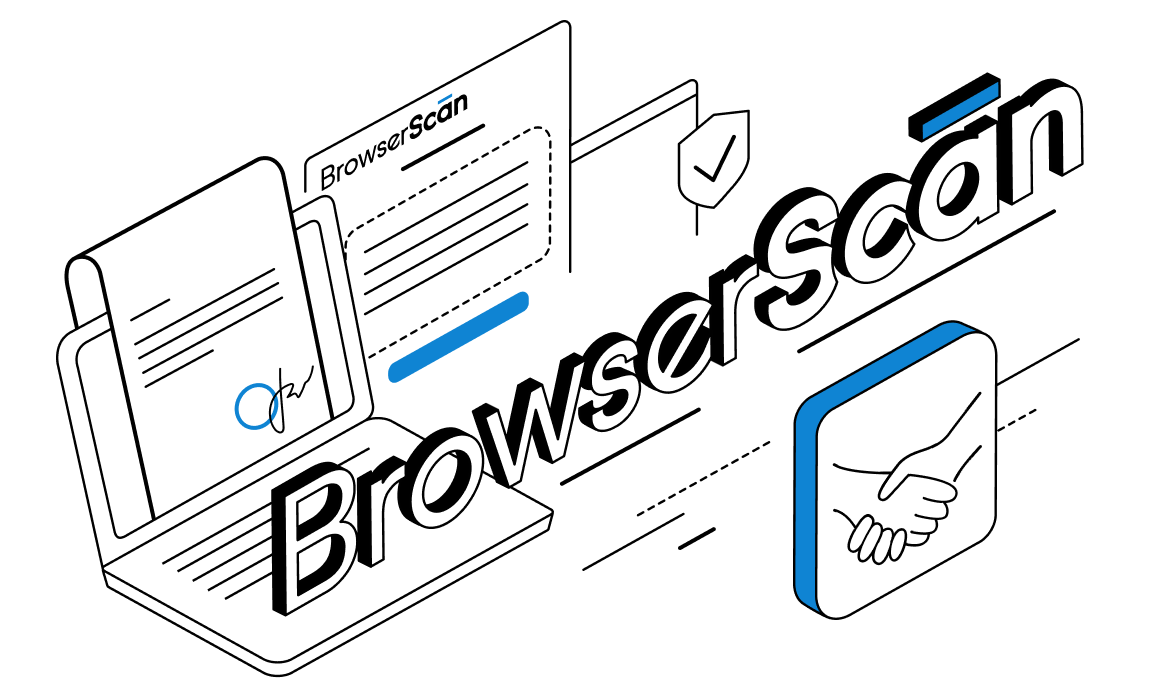

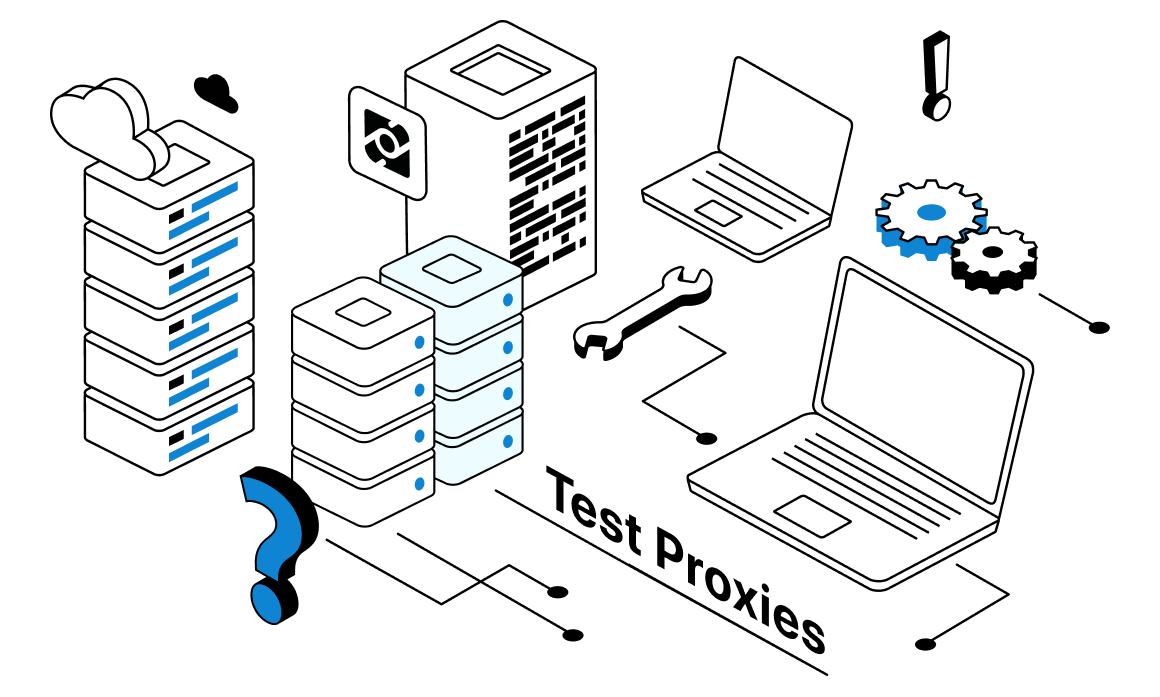
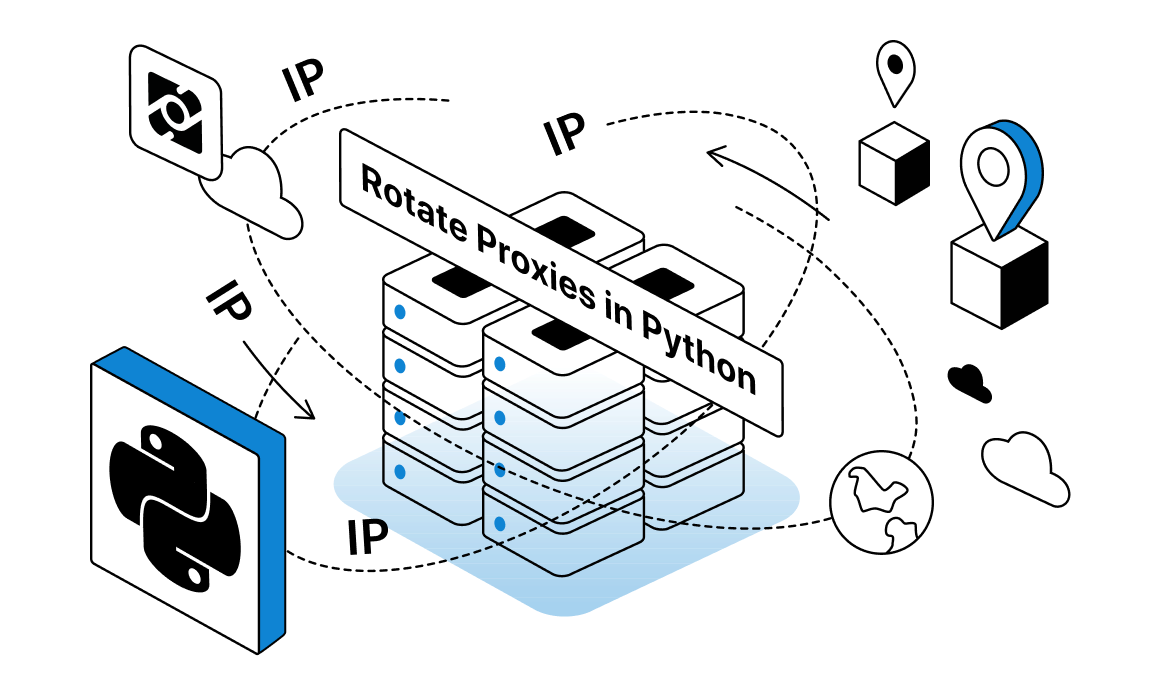

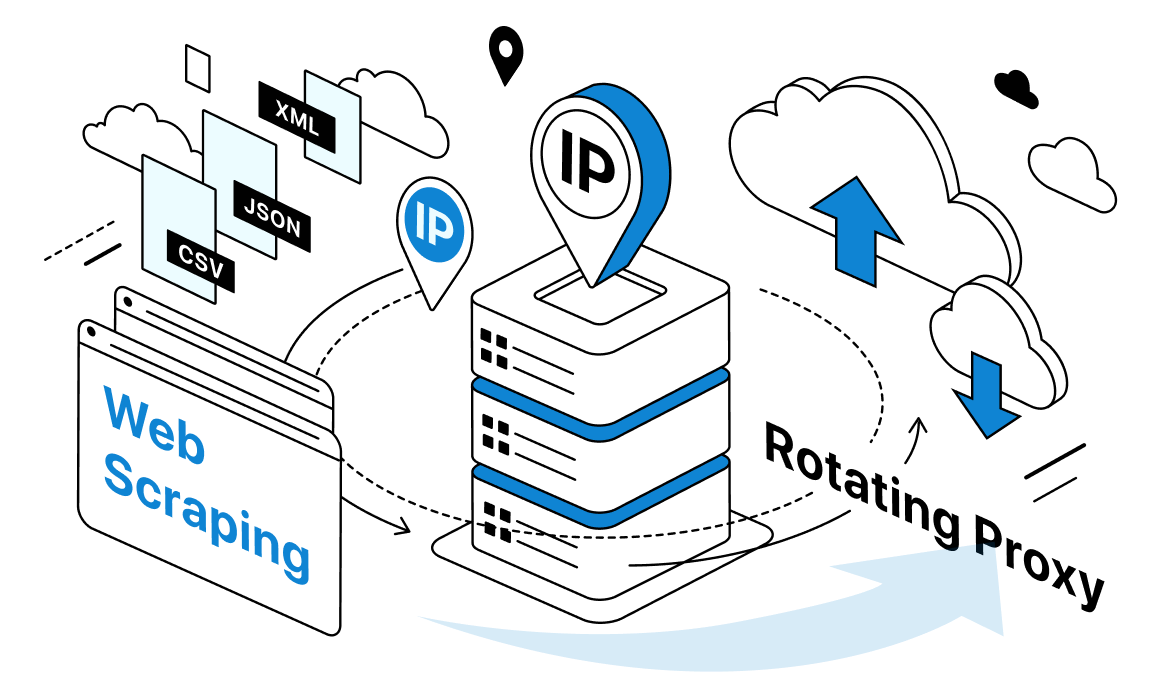
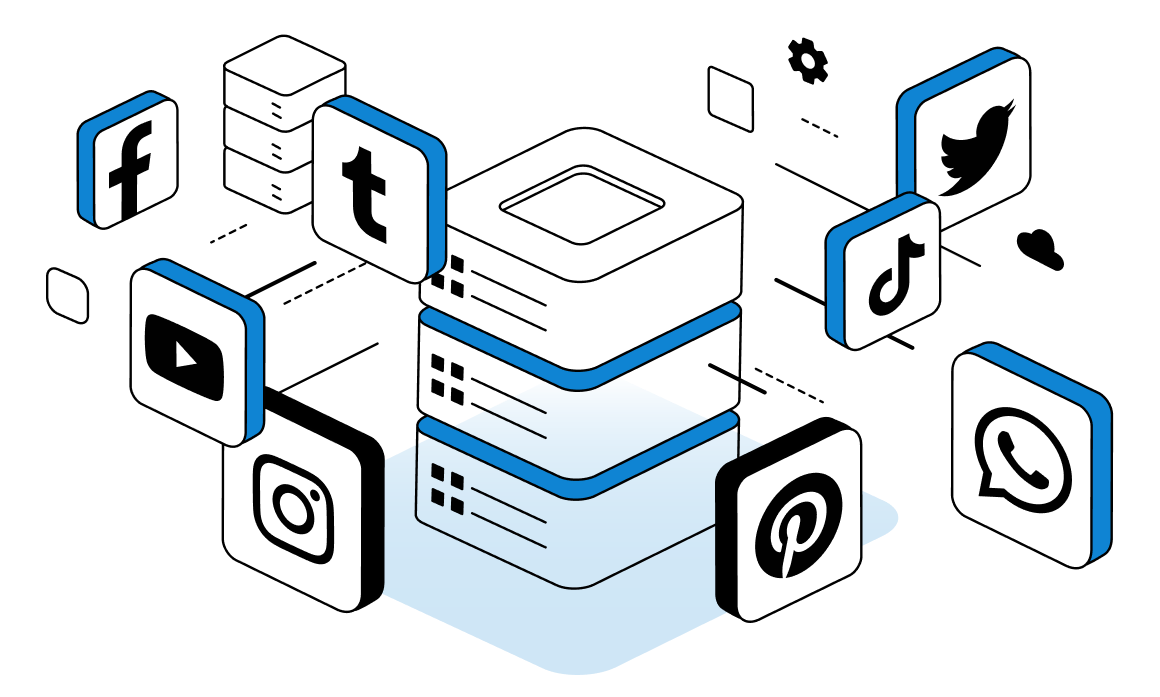
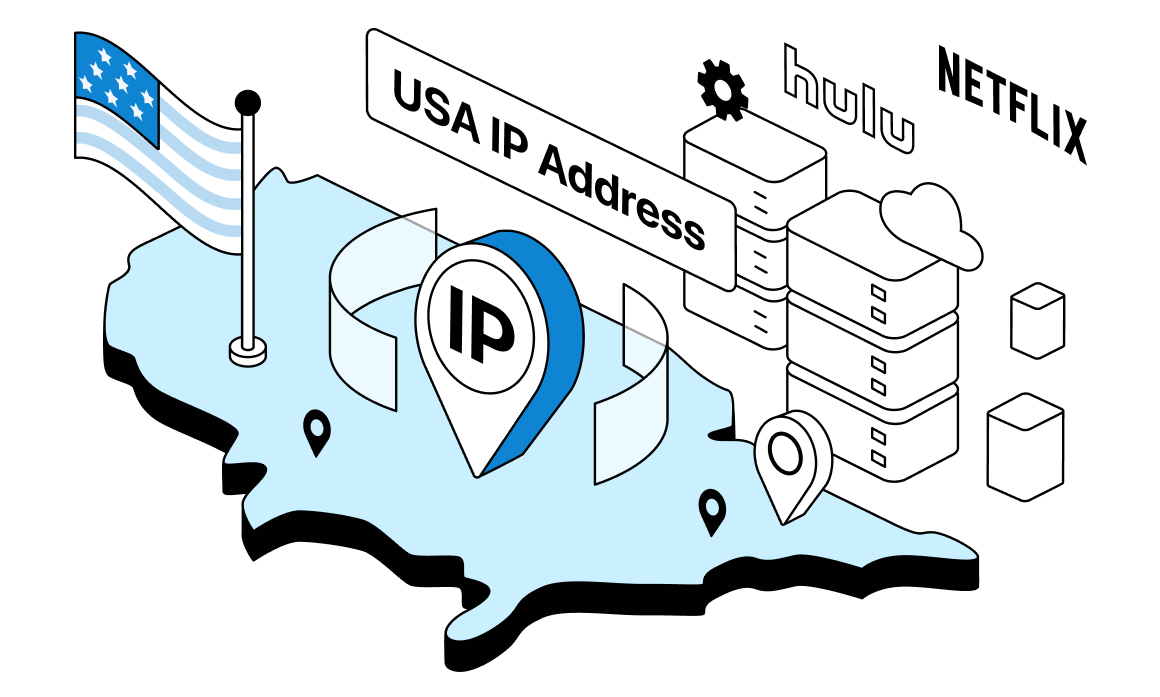

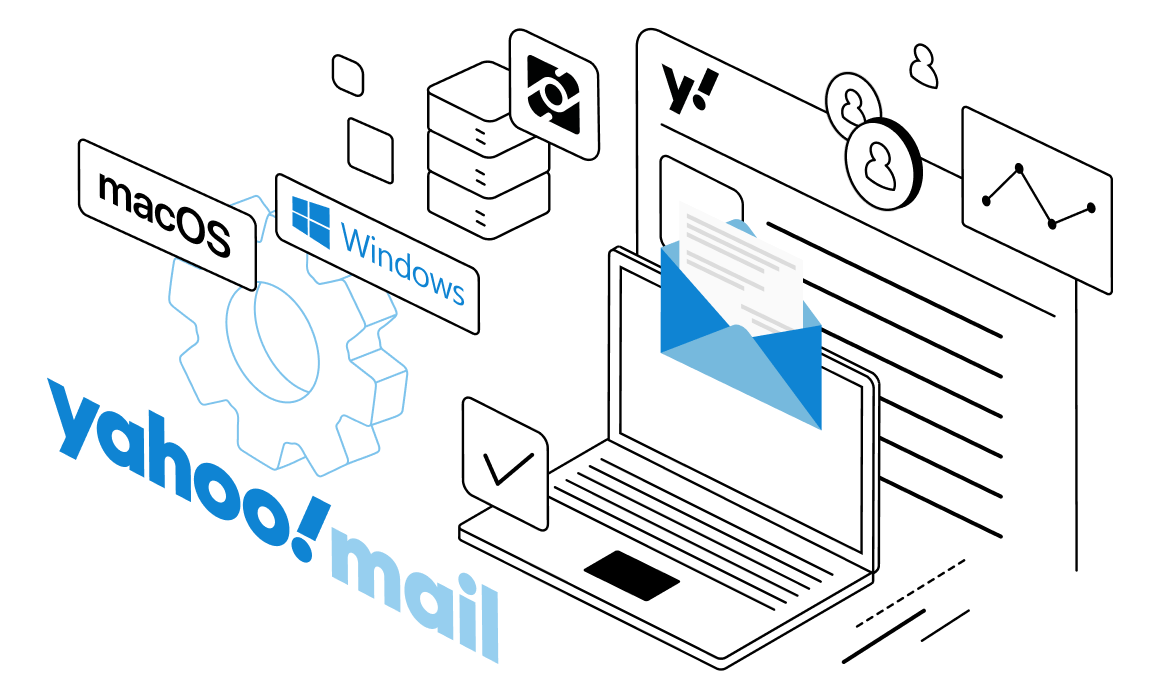
When starting a new project that calls for proxies, you may wonder whether your servers are functioning correctly and according to your expectations. Luckily, the current market can offer lots of tools for proxy testing in different conditions. In the following paragraphs, we'll learn how to test proxies and what software is most suitable for this purpose.